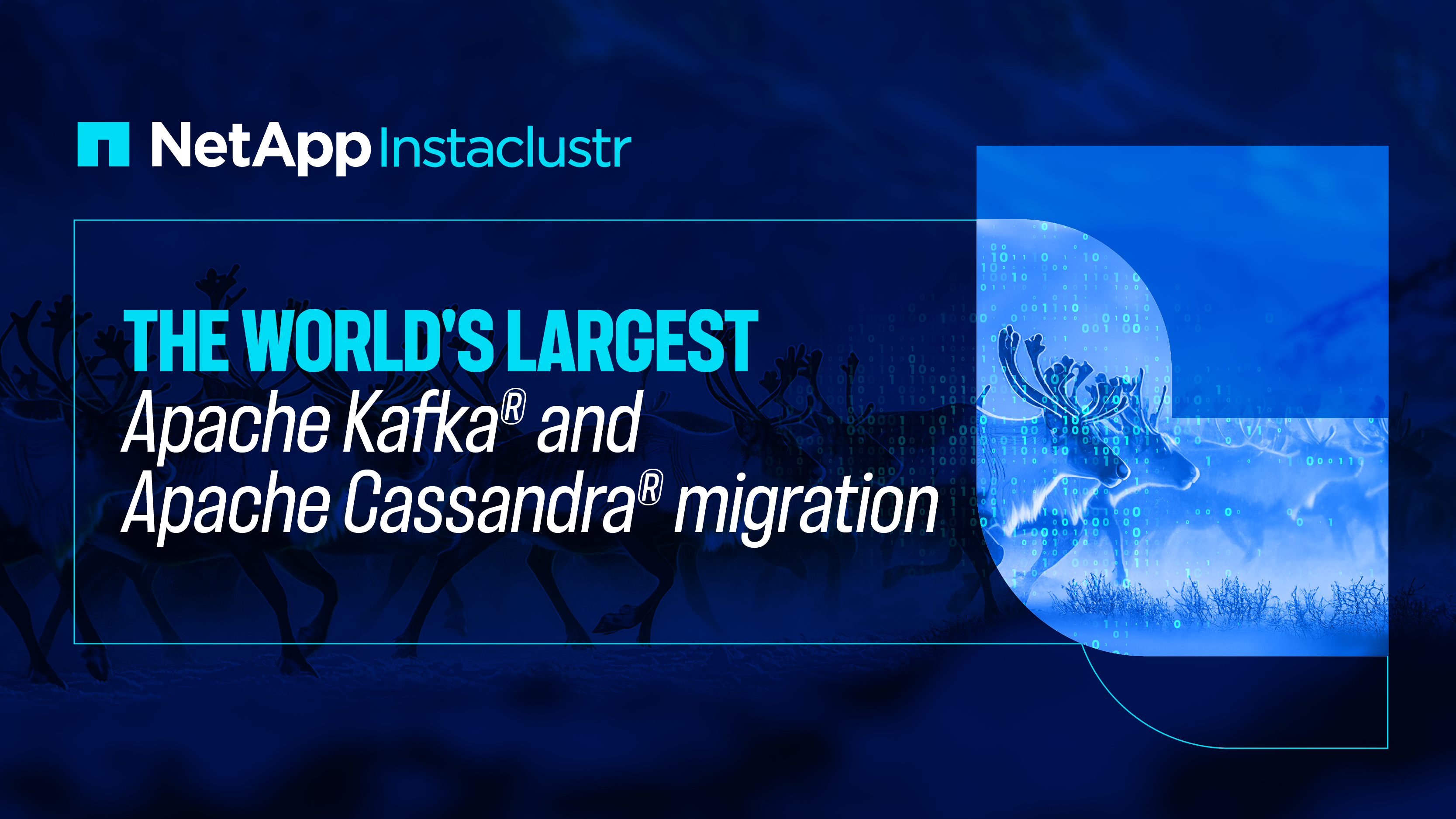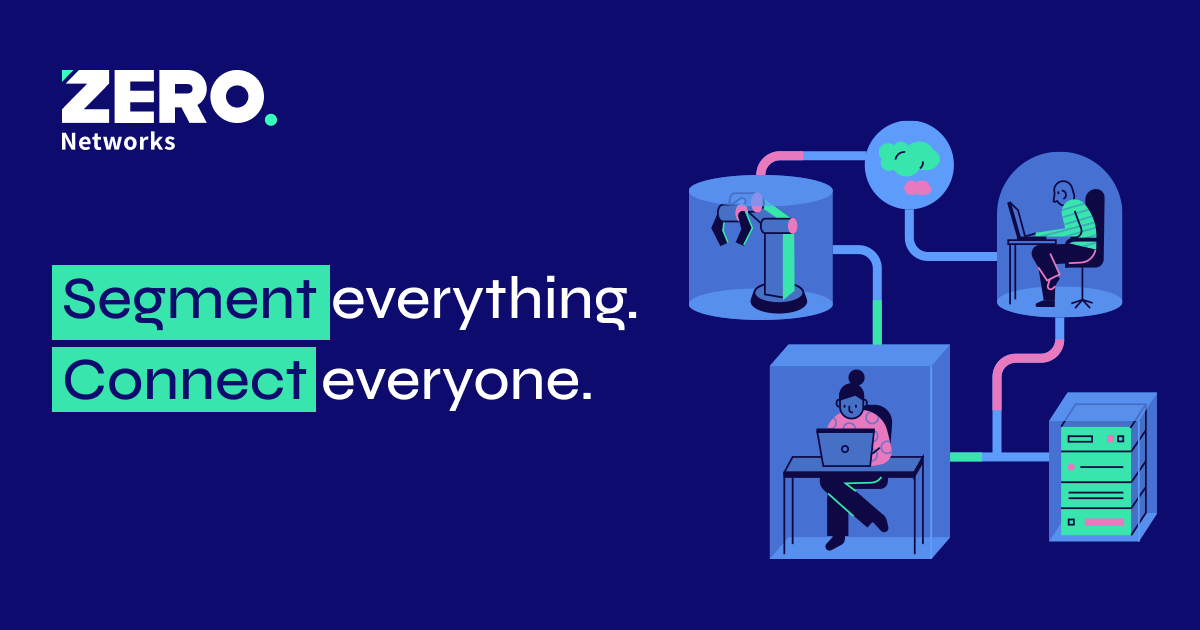Consolidation: The Secret to Supercharging Your SOC
Most CISOs have a clearly defined goal: to ensure smooth, reliable, and gap-free security operations.

But for many security leaders today, that goal feels increasingly out of reach as they tack on more and more point products to address every security need. In fact, large organizations today manage 31.5 security solutions on average, taking up hundreds of their precious hours every month.1
So how can security teams pivot away from a low-value procurement and maintenance role and focus on more mission-critical tasks such as keeping threats at bay? That’s where a cybersecurity consolidation comes in.
What Is Cybersecurity Consolidation?
Securing today’s large IT environments is becoming increasingly complex. The latest attacks target vulnerabilities in different networks, clouds, and endpoints, bypassing the traditional cyber defenses used by organizations.
In response, security teams deploy multiple point products to cover every issue. A solution for network firewall, another for IoT devices, another for SD-WAN—the list goes on. The problem is the point product approach creates gaps and complexities in an organization’s security posture. Products from different vendors work in silos, making prevention, detection, and response difficult.
Cybersecurity consolidation protects all attack surfaces with a single security platform (and vendor) for an organization’s entire IT environment. The architecture covers every defense vector—from threat prevention to intelligence and response.
Let’s say your organization uses a separate tool for intrusion detection, data loss prevention, DNS security, and remote user access. A single, unified platform that provides all of these services simplifies your security architecture, reduces complexity, and improves your overall risk posture.
How Does Consolidation Enhance Security Operations?
Security tools in a point product ecosystem can do a great job in their dedicated functions—and to- gether, they might form a comprehensive cyber defense. But when those tools use different datasets, analyses, and UIs, organizations can’t see the bigger picture.
A consolidated security platform covers the entire gamut of security requirements with the added benefit of shared intelligence. Information gets shared seamlessly across the platform and gives organizations a united front against threats.
Key benefits of a consolidated platform:
- Reduced time to respond to incidents
- Reduced time to update security policies
- Reduced time to complete threat analysis
- Decreased number of security alerts
- Reduced overall risk exposure
For example, let’s say your security team wants to analyze your organization’s risk exposure in-depth. Security products that report metrics differently mean more time manually piecing together disparate information—and a chance of employee error.
A consolidated security platform shares that intelligence across all critical areas. Teams can analyze reports on a single dashboard, standardize security policies, supercharge risk posture, and, most impor- tantly, rapidly detect and block attacks across the entire platform.
What Palo Alto Networks Customers Think
We chatted with several organizations that use our consolidated platform solutions. Here are their responses:
Consolidation: The Secret to Supercharging Your SOC | Article 2
Security leaders also reported several other strategic benefits:
- Standardize and unify security policies.
- Facilitate and speed up reporting to management.
- Decrease the likelihood of human errors.
- Alleviate the impact of staffing deficits.
According to a customer, “Everyone is on the same page. There are no longer different skill sets, dif- ferent platforms, and different versions of those platforms. People have the same capabilities and are able to back each other up.” ... “We can generate reports with a summation of all the changes that have happened, either to management or to security operations, and they know what is happening.”
A Platform Approach: Better Security with Less Complexity
The solution sprawl only complicates your operations and exposes them to threats. A platform approach keeps your entire portfolio under one roof and supercharges your security posture.
Ready to take the first step? We’re here to help.
Related Articles
Join The GBI Impact Community
Sign up to make an impact and hear about our upcoming events
By registering anywhere on the site, you agree with our terms and privacy policy



